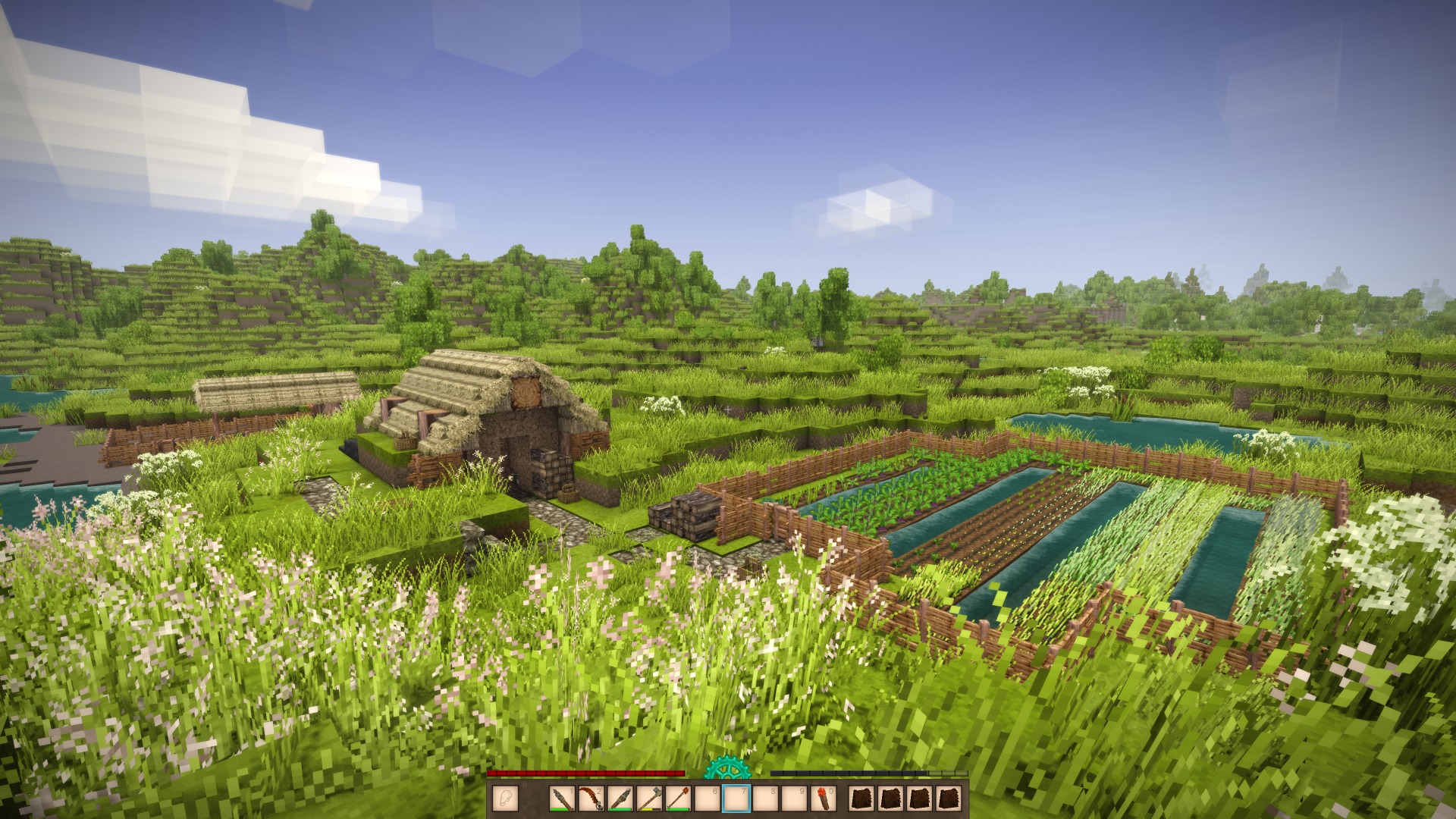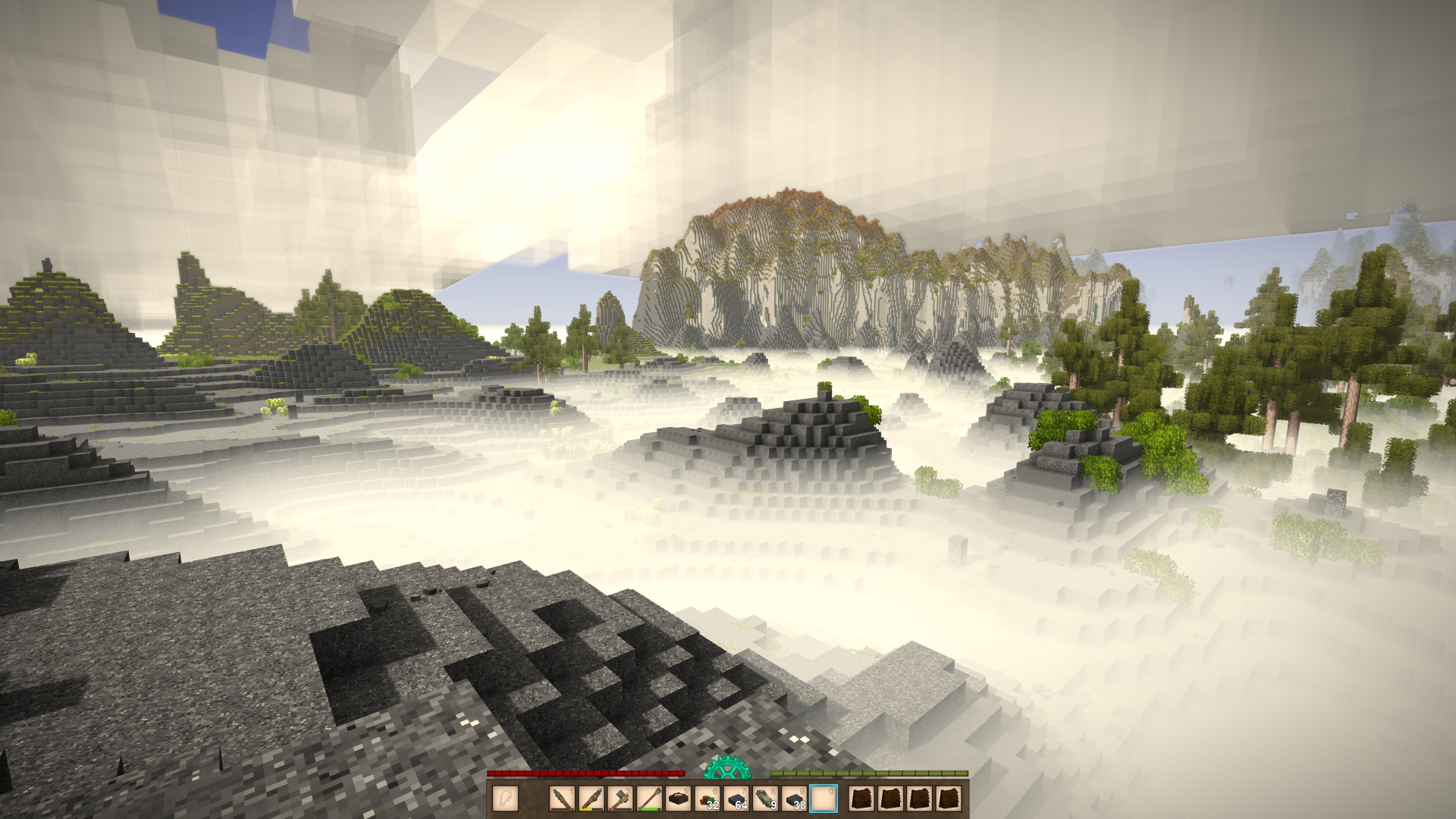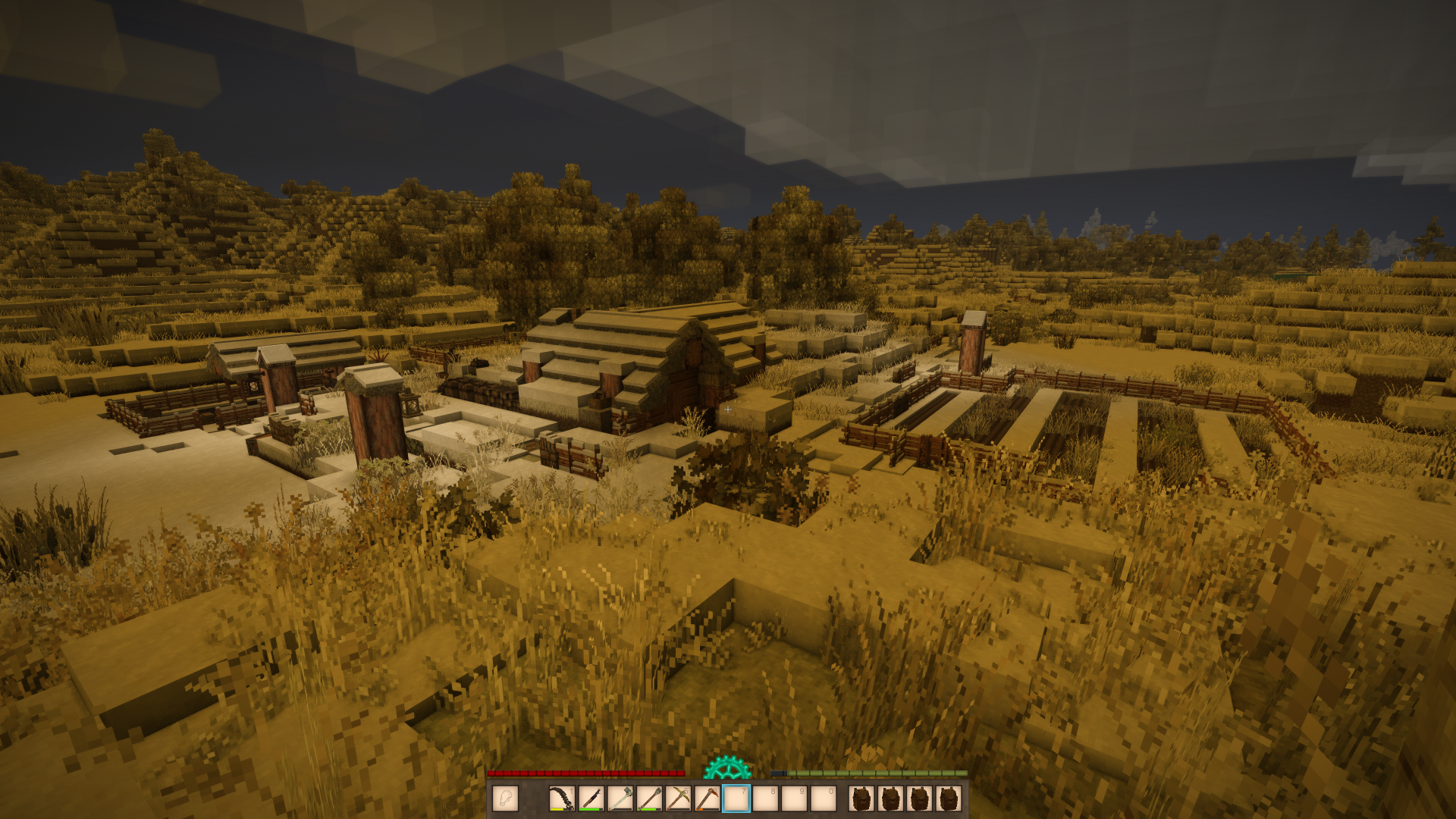Vintage Story is better mapless
At first glance, Vintage Story may seem like just another Minecraft clone, but it offers a depth that sets it apart. This game is a challenging, slow-paced sandbox where survival hinges on meticulous planning, thoughtful decision-making, and savvy resource management.
And Vintage Story becomes a better game when you play without an in-game map.
 Home sweet home. Nothing’s cosier than a house to call your own in the wilderness.
Home sweet home. Nothing’s cosier than a house to call your own in the wilderness.
To embrace this mapless adventure, you’ll need to tweak a few settings. The world of Vintage Story is vast: traveling on foot to reach a new biome can take hours. Your best strategy is to adjust the world settings to create a smaller, more detailed environment that’s easier to remember.
Here are the essential settings I recommend to make mapless playthrough feasible:
- Coordinate overlay: Off
- World map: Off
- Landcover: 50%
- World width: 25k blocks
- World length: 25k blocks
- Polar-Equator distance: 10k blocks
- Story structures distance scaling: 25%
First things first: disable the coordinate overlay and the world map.
Setting the landcover to 50% means that half of the world will be water. Why is this important? Coastlines serve as invaluable navigation aids. While handcrafted worlds can thrive without extensive waterways by incorporating recognizable landmarks, we’re at the mercy of random generation here. Coastlines provide natural guides that make navigating this playthrough feasible.
I also recommend significantly reducing the world size. A 25k by 25k world may seem small, but it creates a more intimate experience where you can actually feel temperature changes as you embark on resource runs away from home. Playing without a map encourages you to stick to familiar areas and navigate using the geography around you. Without shrinking the world, you’d likely never leave the starting temperate zone—and if you did, finding your way back would be a challenge.
The following settings enhance the world’s liveliness and responsiveness to your actions. Enabling block gravity adds a layer of strategy, making cobblestone a more appealing choice over regular soil:
- Fire from lightning: On
- Block gravity: Sand, gravel, and soil with sideways instability
- Cave-ins: Enabled
To avoid excessive grinding for milestones I’ve already achieved, I set tool durability and gathering speed to 200%:
- Tool durability: 200%
- Tool mining speed: 200%
 You can use landmarks like that large mountain for navigation. Because the world is smaller, it’ll be more compact and geography will be more varied even on short expeditions.
You can use landmarks like that large mountain for navigation. Because the world is smaller, it’ll be more compact and geography will be more varied even on short expeditions.
Now you can explore Vintage Story like any other unmapped world. Look for major landmarks - mountains, water features, and even unique tree formations will become your allies. Use cardinal directions: the sun rises in the East and sets in the West.
As you scout for a place to call home, consider creating markers. I enjoy building small cobblestone or wood monuments at the tops of hills or in the valleys to guide my way back.
When you’re out gathering materials, consider leaving in-world markers for future reference. I’ve found that using two-block tall stone fence poles is both efficient (just 12 rocks, which are easy to find) and looks pretty good. If I need to point in a specific direction, I might leave another rock next to the marker.
 You can get creative with the markers you use.
You can get creative with the markers you use.
So, give this mapless playthrough a shot, and you might just find yourself enjoying Vintage Story in a whole new way. Happy exploring!
Comments
Respond directly on Bluesky (threads shown below) or Medium (view comments there).